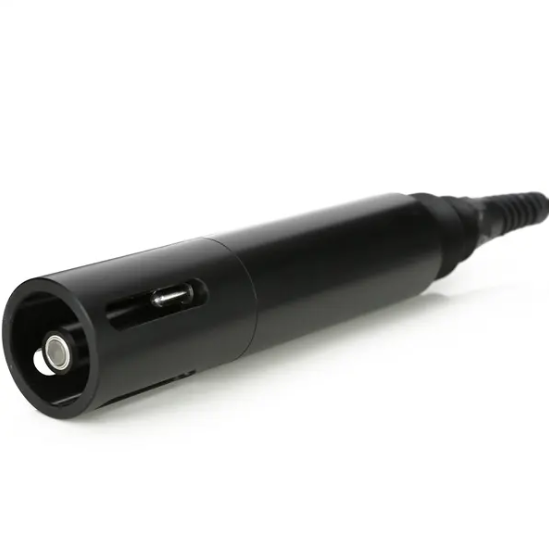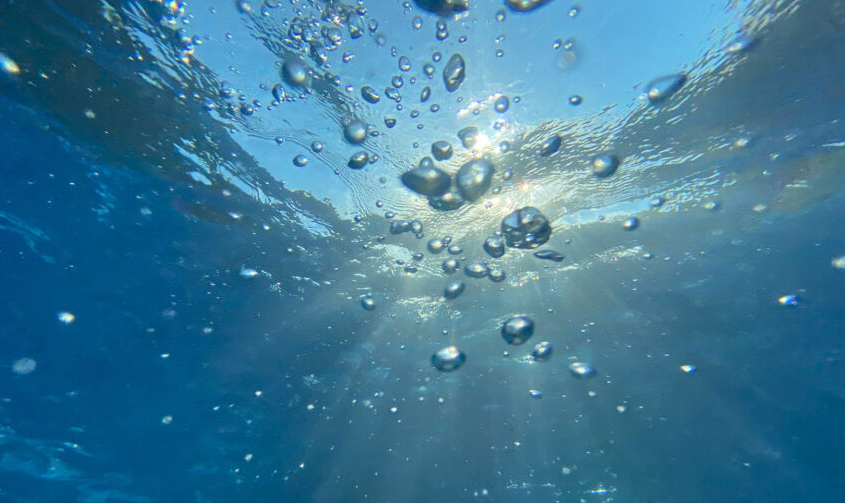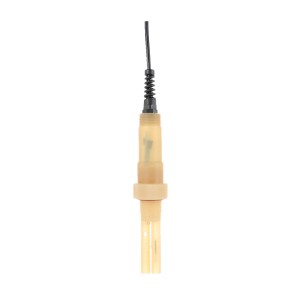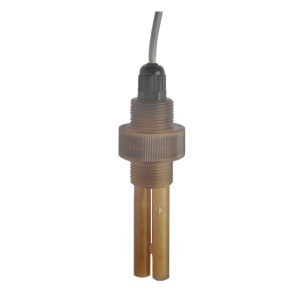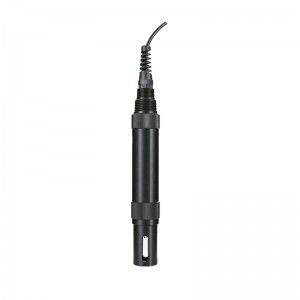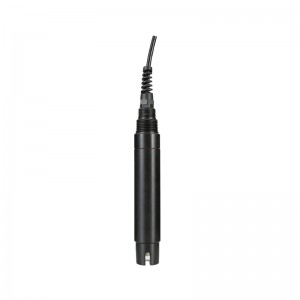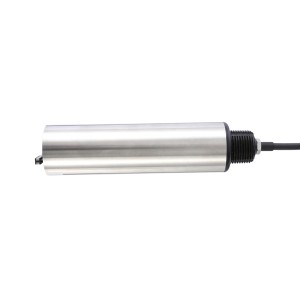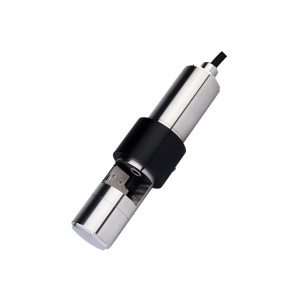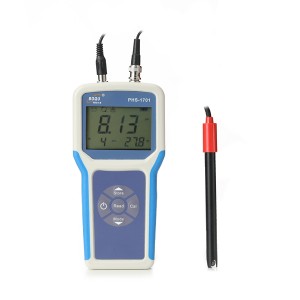In the field of environmental monitoring and water quality assessment, Dissolved Oxygen (DO) measurement plays a crucial role. One of the widely used technologies for DO measurement is the Polarographic DO Probe.
In this comprehensive guide, we will delve into the working principles of a Polarographic DO Probe, its components, and the factors affecting its accuracy. By the end of this article, you’ll have a solid understanding of how this essential device operates.
Understanding the Importance of Dissolved Oxygen Measurement:
The Role of Dissolved Oxygen in Water Quality:
Before we delve into the working of a Polarographic DO Probe, let’s understand why dissolved oxygen is a vital parameter for assessing water quality. DO levels directly impact aquatic life, as they determine the amount of oxygen available for fish and other organisms in water bodies. Monitoring DO is crucial in maintaining healthy ecosystems and supporting various biological processes.
An Overview of Polarographic DO Probe:
What is a Polarographic DO Probe?
The Polarographic DO Probe is an electrochemical sensor designed to measure dissolved oxygen in various aquatic environments. It relies on the principle of oxygen reduction at a cathode surface, making it one of the most accurate and widely used methods for DO measurement.
Components of a Polarographic DO Probe:
A typical Polarographic DO Probe consists of the following key components:
a) Cathode: The cathode is the primary sensing element where the reduction of oxygen occurs.
b) Anode: The anode completes the electrochemical cell, allowing for oxygen reduction at the cathode.
c) Electrolyte Solution: The probe contains an electrolyte solution that facilitates the electrochemical reaction.
d) Membrane: A gas-permeable membrane covers the sensing elements, preventing direct contact with the water while allowing oxygen diffusion.
Working Principles of a Polarographic DO Probe:
- Oxygen Reduction Reaction:
The key to the Polarographic DO Probe’s operation lies in the oxygen reduction reaction. When the probe is immersed in water, oxygen from the surrounding environment diffuses through the gas-permeable membrane and comes into contact with the cathode.
- Electrochemical Cell Process:
Upon contact with the cathode, the oxygen molecules undergo a reduction reaction, wherein they gain electrons. This reduction reaction is facilitated by the presence of the electrolyte solution, which serves as a conductive medium for electron transfer between the cathode and anode.
- Current Generation and Measurement:
The electron transfer generates a current proportional to the concentration of dissolved oxygen in the water. The probe’s electronics measure this current, and after appropriate calibration, it is converted into dissolved oxygen concentration units (e.g., mg/L or ppm).
Factors Affecting Polarographic DO Probe Accuracy:
a. Temperature:
Temperature significantly influences the accuracy of the Polarographic DO Probe. Most DO probes come with built-in temperature compensation, which ensures precise measurements even in varying temperature conditions.
b. Salinity and Pressure:
The salinity and pressure of the water can also impact the DO probe’s readings. Fortunately, modern probes are equipped with features to compensate for these factors, ensuring reliable measurements in different environments.
c. Calibration and Maintenance:
Regular calibration and proper maintenance of the Polarographic DO Probe are crucial for obtaining accurate readings. Calibration should be performed with standardized calibration solutions, and the probe’s components should be cleaned and replaced as needed.
BOQU Digital Polarographic DO Probe – Advancing IoT Water Quality Monitoring:
BOQU Instrument offers cutting-edge solutions in the realm of water quality monitoring. One of their standout products is the digital polarographic DO probe, an advanced IoT-enabled electrode designed to provide accurate and reliable dissolved oxygen measurements.
Next, we will explore the key advantages of this innovative probe and understand why it stands out as a top choice for various industries.
Advantages of BOQU Digital Polarographic DO Probe
A. Long-Term Stability and Reliability:
The BOQU digital polarographic DO probe is engineered to deliver exceptional long-term stability and reliability. Its robust construction and precise calibration allow it to function seamlessly for extended periods without compromising measurement accuracy.
This reliability is crucial for continuous monitoring applications in urban sewage treatment, industrial wastewater management, aquaculture, and environmental monitoring.
B. Real-Time Temperature Compensation:
With a built-in temperature sensor, the digital polarographic DO probe from BOQU provides real-time temperature compensation. Temperature can significantly affect dissolved oxygen levels in water, and this feature ensures that accurate measurements are obtained, even in varying temperature conditions.
The automatic compensation eliminates the need for manual adjustments, enhancing the probe’s accuracy and efficiency.
C. Strong Anti-Interference and Long-Range Communication:
The BOQU digital polarographic DO probe utilizes RS485 signal output, which boasts robust anti-interference capabilities. This is particularly valuable in environments with potential electromagnetic interference or other external disturbances.
Moreover, the probe’s output distance can reach an impressive 500 meters, making it suitable for large-scale monitoring systems covering expansive areas.
D. Easy Remote Configuration and Calibration:
One of the standout features of the BOQU digital polarographic DO probe is its user-friendly operation. The probe’s parameters can be conveniently set and calibrated remotely, saving time and effort for operators.
This remote accessibility enables efficient maintenance and adjustments, ensuring that the probe consistently delivers accurate readings. Whether deployed in hard-to-reach locations or as part of a comprehensive monitoring network, the ease of remote configuration simplifies its integration into existing systems.
Applications of Polarographic DO Probes:
Environmental Monitoring:
Polarographic DO probes find extensive use in environmental monitoring programs, assessing the health of lakes, rivers, and coastal waters. They help identify areas with low oxygen levels, indicating potential pollution or ecological imbalances.
Aquaculture:
In aquaculture operations, maintaining appropriate dissolved oxygen levels is essential for the health and growth of aquatic organisms. Polarographic DO probes are employed to monitor and optimize oxygen levels in fish farms and aquaculture systems.
Wastewater Treatment:
Polarographic DO probes play a crucial role in wastewater treatment plants, ensuring adequate oxygen levels for the efficient operation of biological treatment processes. Proper aeration and oxygenation are necessary to support microbial activity and pollutant removal.
Final words:
The Polarographic DO Probe is a reliable and widely used technology for measuring dissolved oxygen in aquatic environments. Its electrochemical working principle, along with temperature and compensation features, ensures accurate readings in various applications, from environmental monitoring to aquaculture and wastewater treatment.
Understanding the functioning and factors affecting its accuracy empowers researchers, environmentalists, and water quality professionals to make informed decisions and preserve our water resources for a sustainable future.
Post time: Jul-10-2023

